Social Media has transitioned from people collecting likes and comments to people selling on them. How many times have you opened your Facebook or Instagram feed and seen an ad for something? Businesses are leapfrogging web and aggregator platforms onto the ‘social commerce’ revolution to capitalize on this shift. What started as a pure engagement-driven medium for brands is now growing into an indispensable sales channel with the potential to outgrow the profits and sales volumes of traditional sales platforms.
Social Commerce combines the best of social media engagement with the sales-oriented features of eCommerce platforms. Apps like Instagram, Facebook, WhatsApp, Snapchat, Twitter, Pinterest, etc., become sources of orders instead of being limited to customer engagement.
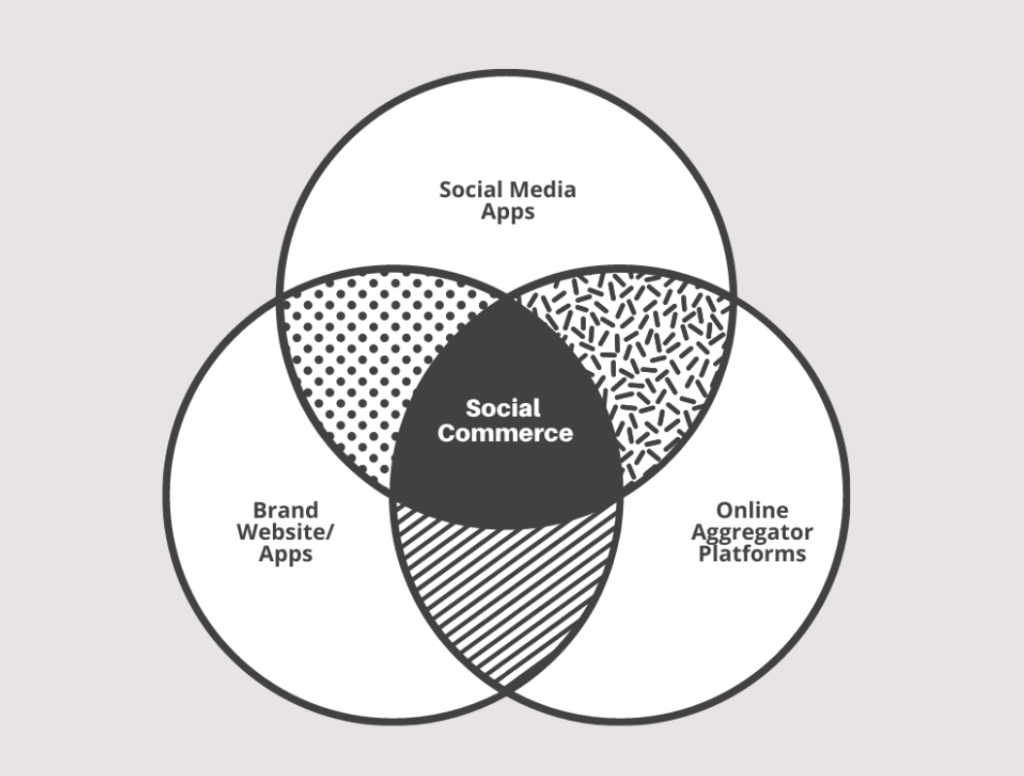
We at Lyve, the fastest growing social commerce platform in the Middle East, are swiftly expanding into different industries and geographies to provide merchants with an end-to-end plug-and-play solution that they can use to sell on all online platforms. All this with complete brand and data ownership! Third-party integrations with over 120 payments, delivery and, tracking platforms ensure that users gets the full eCommerce experience without exiting their social media app.
The Scope of Social Commerce:
The potential here is massive, and what we have seen so far seems to be only the tip of the iceberg.
- 30% of online shoppers are already inclined to purchase products from a social media network like Facebook, Pinterest, Instagram, Twitter, or Snapchat.
- There are 1.82 billion daily users on Facebook alone and over a billion active monthly users on Instagram. 70% of these Instagram users rely on the platform for product discovery.
- Following the trend, Tik Tok has added a feature to link your eCommerce platforms to facilitate online orders.
- The research from Global Web Index in their social media trends 2020 report shows that younger audience is particularly keen to discover products on social media.
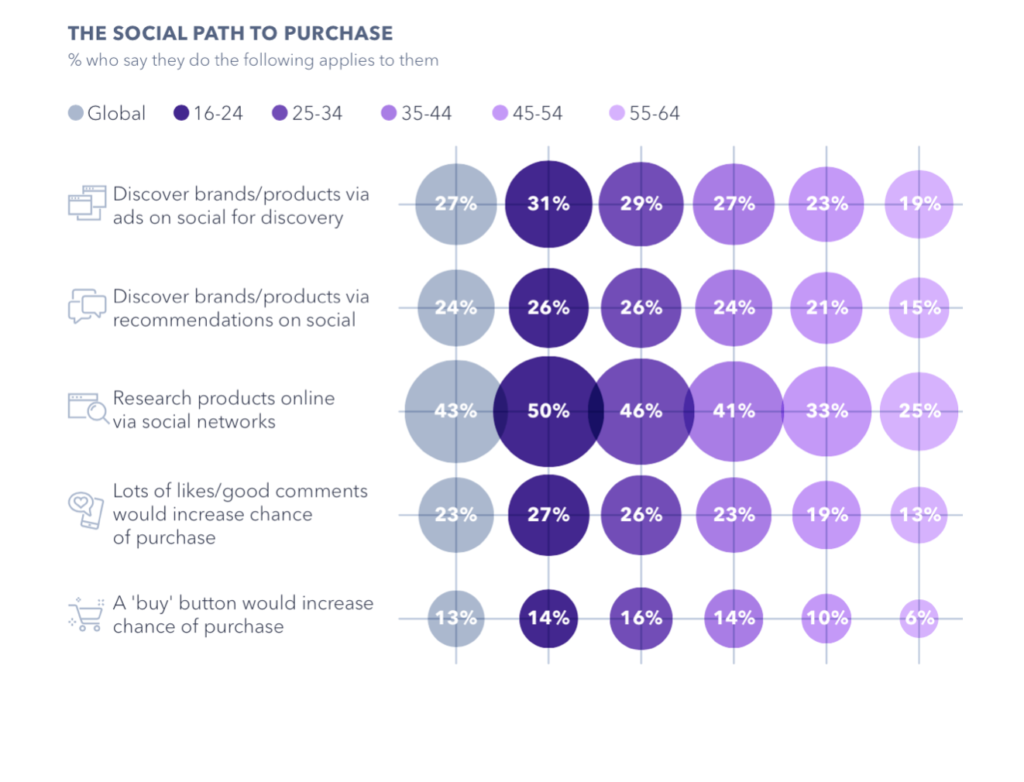
Image source: https://www.davechaffey.com/digital-marketing-glossary/path-to-purchase/
Nike recently pre-released Air Jordan lll shoes on Snapchat with same-day delivery. Snapchat geo-fenced the area to restrict it to the delivery zone, and within 23 minutes, the entire stock was sold-out.
Marketers willing to wait out this shift lose out on the initial momentum and precious time to build a robust social selling channel. While social commerce may not replace eCommerce portals, it will undoubtedly become the necessary extension for all eCommerce platforms to add to their offering.
Key Drivers:
While direct, commission-free orders through social media are gaining traction swiftly, it’s long term sustainability is pivoted on three main factors:
- Profitability: With the middle man out of the picture, a brand receives 100% of its revenue. The per-order commissions that merchants save can be reinvested to expand the reach of online campaigns and multiply the ROAS.
- The Power of Data/Data Ownership:
With data flowing directly into the brand’s pixel/tag/analytics dashboard, the merchant has complete real-time visibility of the business. This data is vital to bring down a brand’s customer acquisition costs (CAC) overtime through retargeting campaigns and audience optimization. A brand’s performance and long term sustainability rest on this.
- Expanding Userbase: While the social media user base increased by 10.5% last year, Facebook retains the biggest share of this pie. On average, users are spending 2 hours, 22 minutes of their day online.
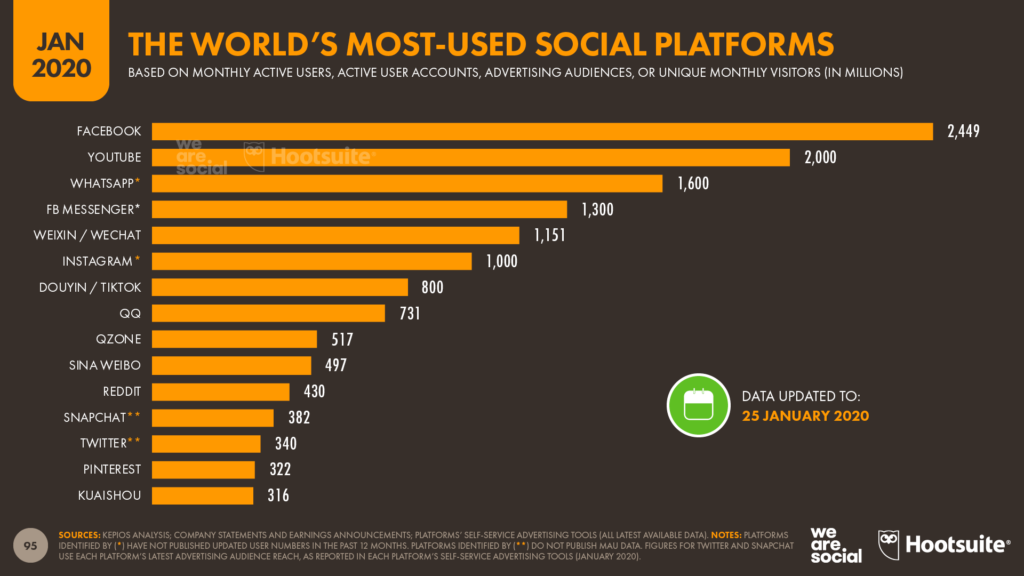
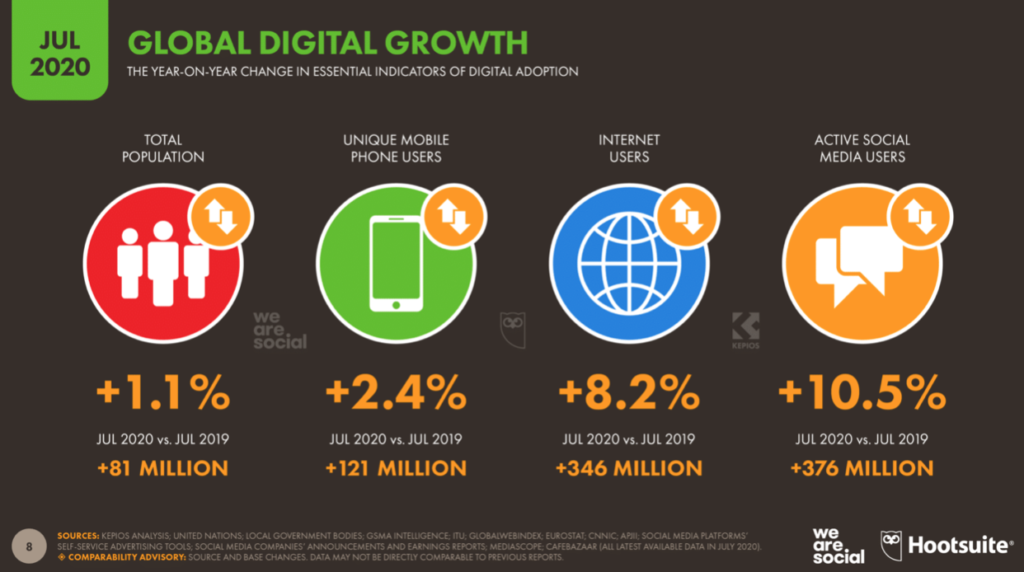
Image Source: https://blog.hootsuite.com/social-media-users-pass-4-billion/
From the users perspective, the key aspects that make this trend sustainable are:
- Built-in Social Proof: As many as 40% of online shoppers say that they made a purchase after seeing the product being used by an influencer on social media. The psychological impact of seeing others advocate, like, share, or use a product on these platforms cultivates trust. Brands also repurpose user content via tags, stories, and DMs to benefit multiple KPIs.
- Direct Interaction: In the age of bots and marketplaces, social commerce reverses the trend with personalized brand experiences. The customer has the satisfaction of interacting with the brand directly, making the shopping experience more authentic, with a higher recall value.
- Noiseless Conduct: In the absence of competing suggestions and showcase of similar products of different brands, the experience of purchasing on social media is less distracting and can lower the abandoned cart rates your brand is facing on other platforms.
- Visual Commerce: This element enriches the customer’s brand experience with enticing product images, video, and user-generated content and adds shoppable layers to it. Pinterest and Instagram are platforms that are optimized primarily for visual commerce. Tools like Pinterest lens, Visual Search, and Shop Button on the platforms are some examples.
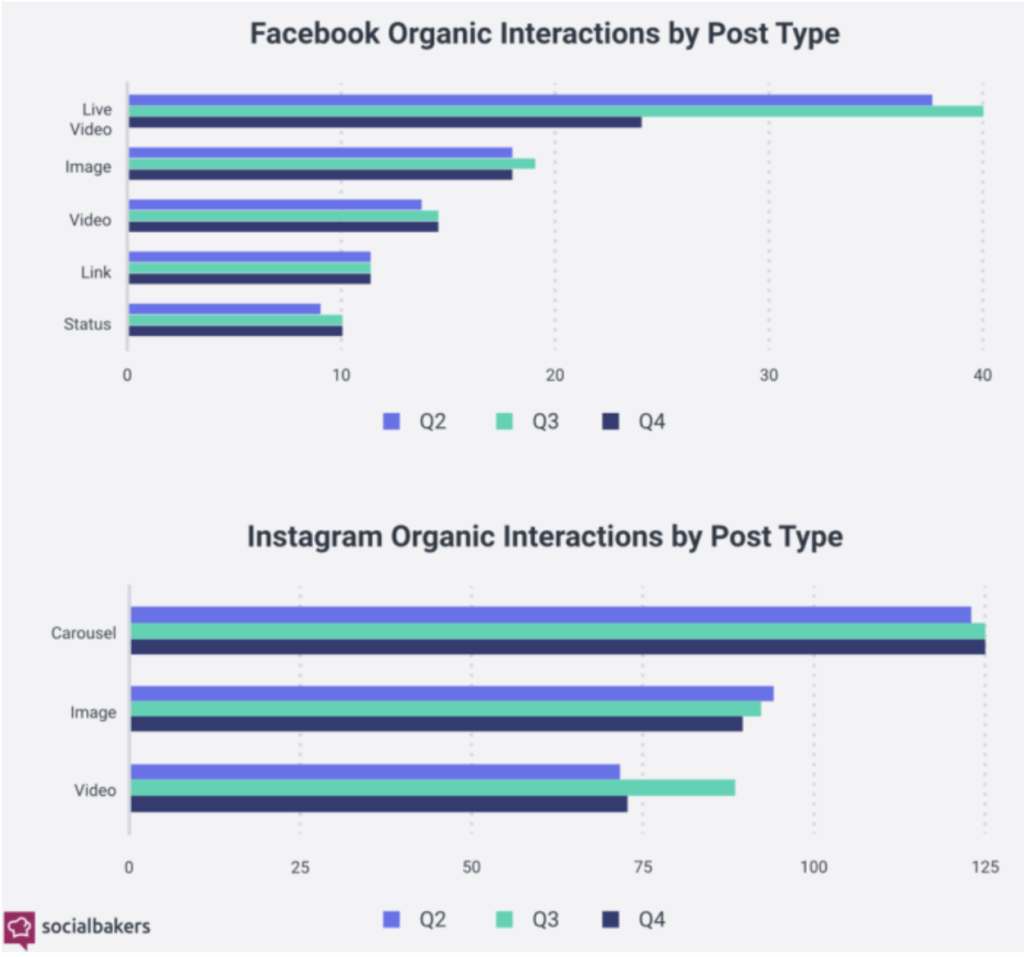
Image Source: ‘Instagram vs. Facebook Report: Key Trends You Need to Know’ by Social Bakers, 2020
The Customer Experience Analogy:
eCommerce: Think of traditional eCommerce shopping experiences like walking into a supermarket, where similar products of multiple brands are stacked on horizontal shelves fighting for eyeballs. Unless there is a strong brand preference, the experience is discount-led, and brand recall is limited as the customer’s attention is split between different brands offering a similar product and other stacked products.
Social Commerce: Social Commerce is more like visiting a store in a mall; you may not have walked into the mall with the intent to buy from the particular brand, but once you enter the store, the entire experience centers exclusively around the brand. To add to the experience, Lyve provides its merchants with just the required customer support you would expect in a store regarding your order.
Audience Targeting:
Social Commerce platforms, like Lyve, facilitate the entire customer acquisition cycle from affinity-based targeting, engagement to retargeting on the Social Media platform itself. With platform-specific pixels and tags tracking the customer’s online journey, retargeting interested customers and creating their lookalike audiences increases conversion chances.
eCommerce Platforms:

Social Commerce:

While Social Commerce is still in its early stages of adoption, it is cutting unnecessary layers and noise of an online transaction. This is the perfect time for brands to explore and experiment to figure out their winning social commerce marketing mix which they can further scale-up to reach their target KPIs.



